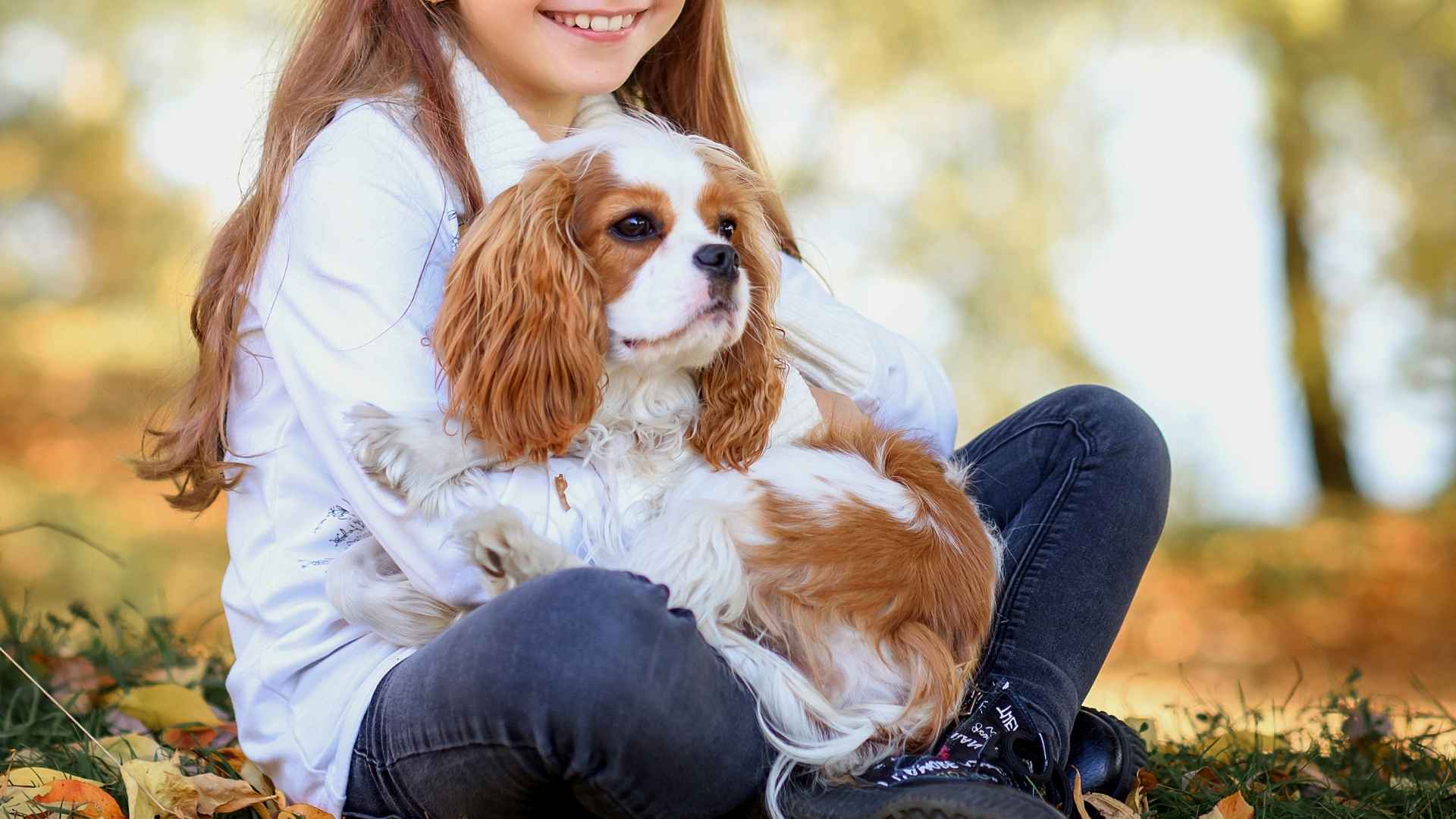Can a dog that fits in your handbag also fill your heart with loyalty, affection, and social charm? Absolutely.
Toy dog breeds may be tiny in size, but many carry a temperament that’s welcoming, cheerful, and loving. These aren’t just dogs that look cute in sweaters—they’re friendly companions who thrive on connection and affection.
Whether you’re greeting guests at the door or relaxing on the couch, a friendly toy dog will always want to be part of the moment. They’re known for being adaptable, people-oriented, and often great with kids or other pets.
In this article, you’ll meet toy dog breeds that are especially known for their kind nature, social ease, and an irresistible warmth that’s felt the moment you walk into the room.
Friendly Toy Dog Breeds
1. Boston Terrier
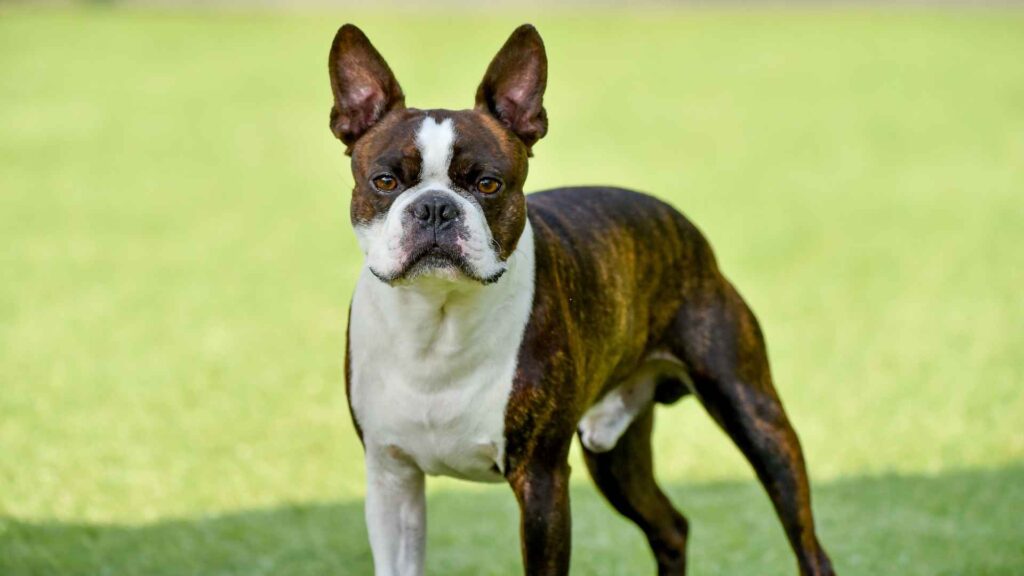
Boston Terriers are known for their oversized, wide-set eyes that communicate curiosity, excitement, and even confusion at times. Those expressive looks often serve as silent communication with both adults and children. Their social intelligence helps them respond intuitively to mood shifts around them.
Built for Indoor Companionship
Their compact frame fits well in apartments, but it’s their calm indoor temperament that sets them apart. They adjust quickly to household rhythms and don’t demand constant motion. Most importantly, they’re happy staying close rather than being hyperactive in small spaces.
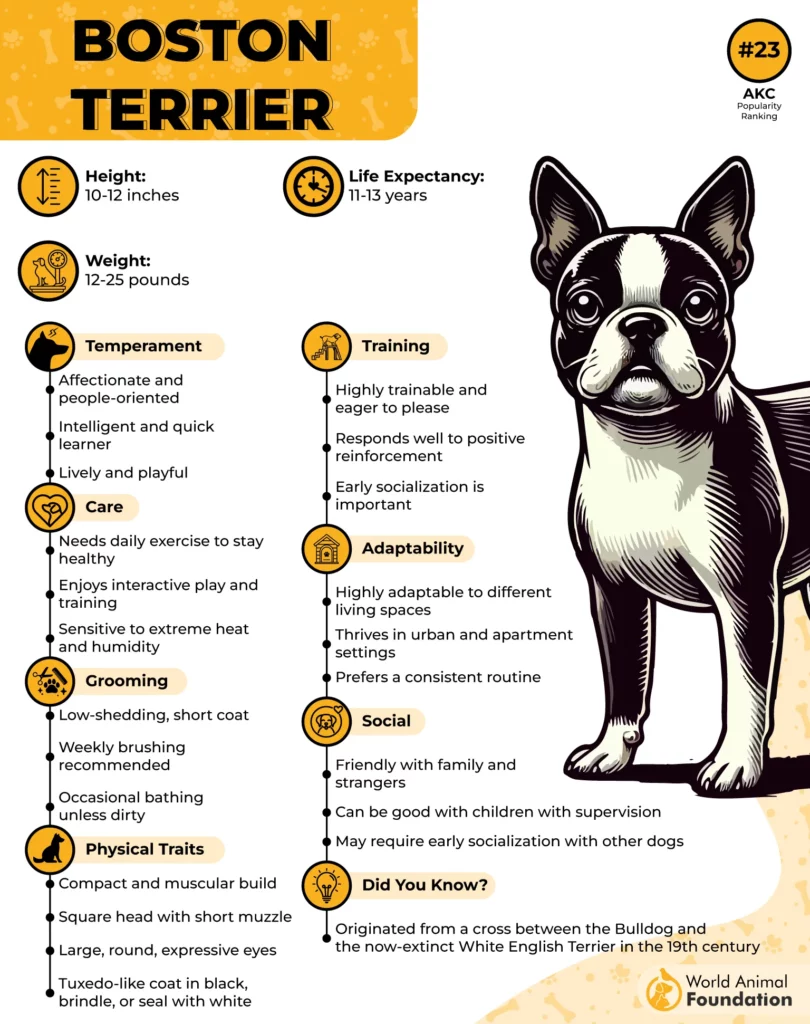
Sociable Without Overstepping
Boston Terriers are affectionate without being overbearing—eager to meet strangers, but they never push the boundary too far. Even during first encounters, their posture remains relaxed and non-threatening. It’s this balance that makes them one of the easiestgoing among small dog breeds.
The “American Gentleman” Legacy
Their nickname, “The American Gentleman,” comes from their tuxedo-like markings and polite demeanor, as per Orvis. They rarely bark unnecessarily and are quick to learn indoor manners. That composure makes them an ideal choice for multi-pet homes or visiting guests.
2. Papillon
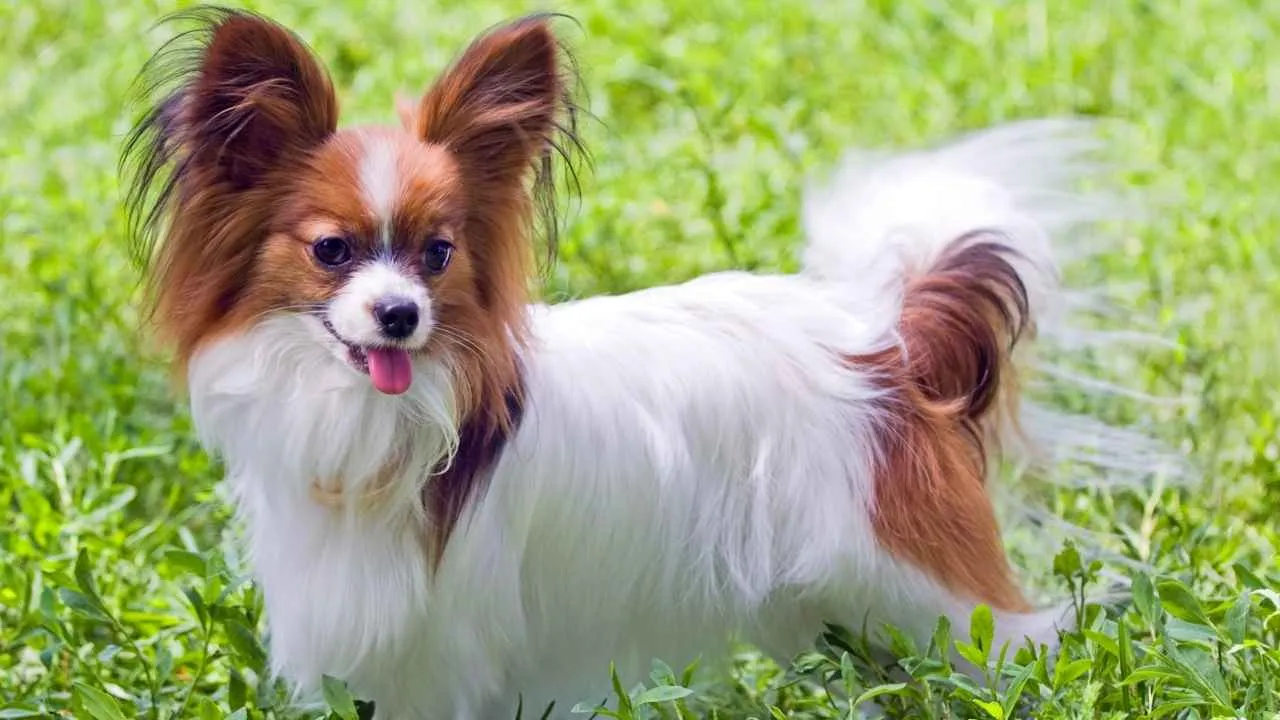
Papillons consistently rank among the top 10 smartest dog breeds, with strong problem-solving skills and quick command retention, as per the CKC. They often respond to verbal cues faster than most toy breeds. This makes them remarkably easy to train, even for first-time owners.
Confident in Social Settings
They have an alert but cheerful disposition that thrives in interactive settings like parks, events, or even small family gatherings. Their body language is quick yet relaxed, encouraging engagement without creating chaos. These traits make them reliable with children and visitors alike.
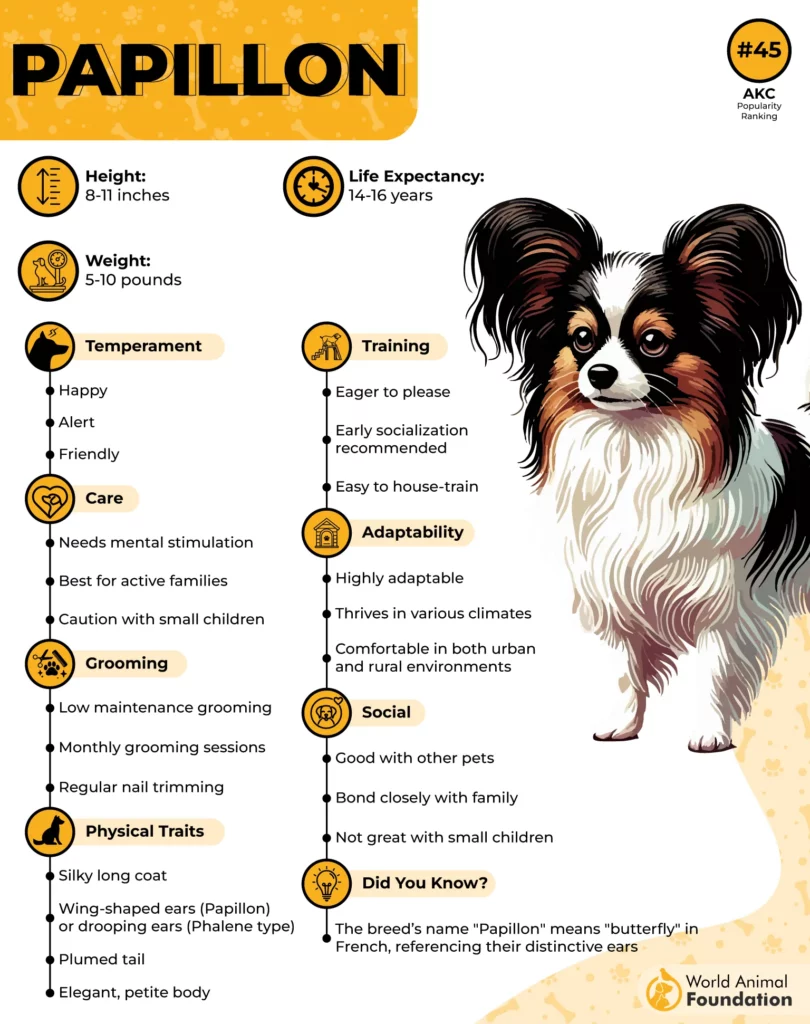
Surprisingly Sporty Frame
Though often seen as lap dogs, they dominate in agility sports thanks to their feather-light frame and eagerness to move. They navigate jumps and tunnels with a smoothness uncommon in other little dogs. Their active energy needs mental outlets more than physical ones.
Iconic Butterfly Ears
The breed name “Papillon” means butterfly in French, referring to their fringed ears that fan out like wings. This distinct feature has made them a favorite among pet lovers and breed historians alike. The ears enhance their sound sensitivity during alert moments.
3. Miniature Poodle
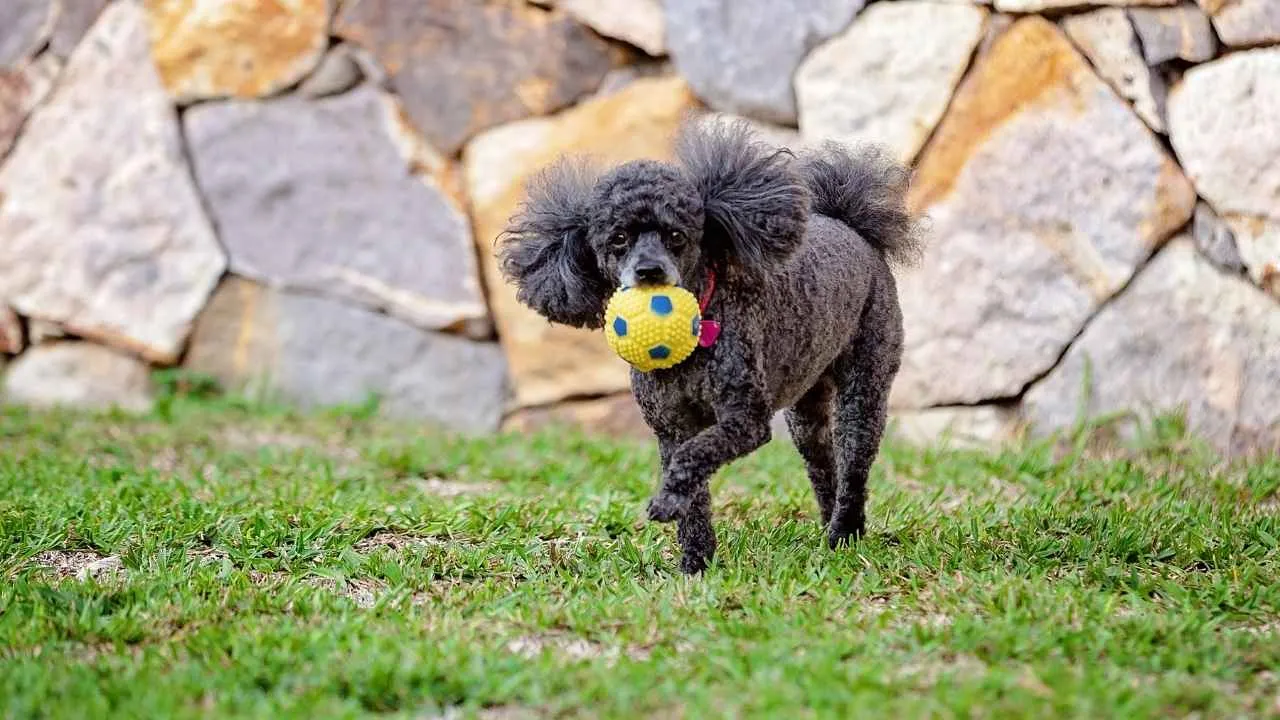
Miniature Poodles consistently rank among the most intelligent dog breeds tested for working and obedience IQ. They respond to new commands in fewer than five repetitions in most cases. This makes them highly trainable and adaptable to household routines, especially when paired with mentally engaging toys.
Allergy-Friendly Fur
The breed’s coat has a tight, curly texture that traps dander rather than spreading it, making them more tolerable for allergy-sensitive families. It requires regular grooming to stay clean and comfortable. Their fur directly impacts home air quality for some owners.
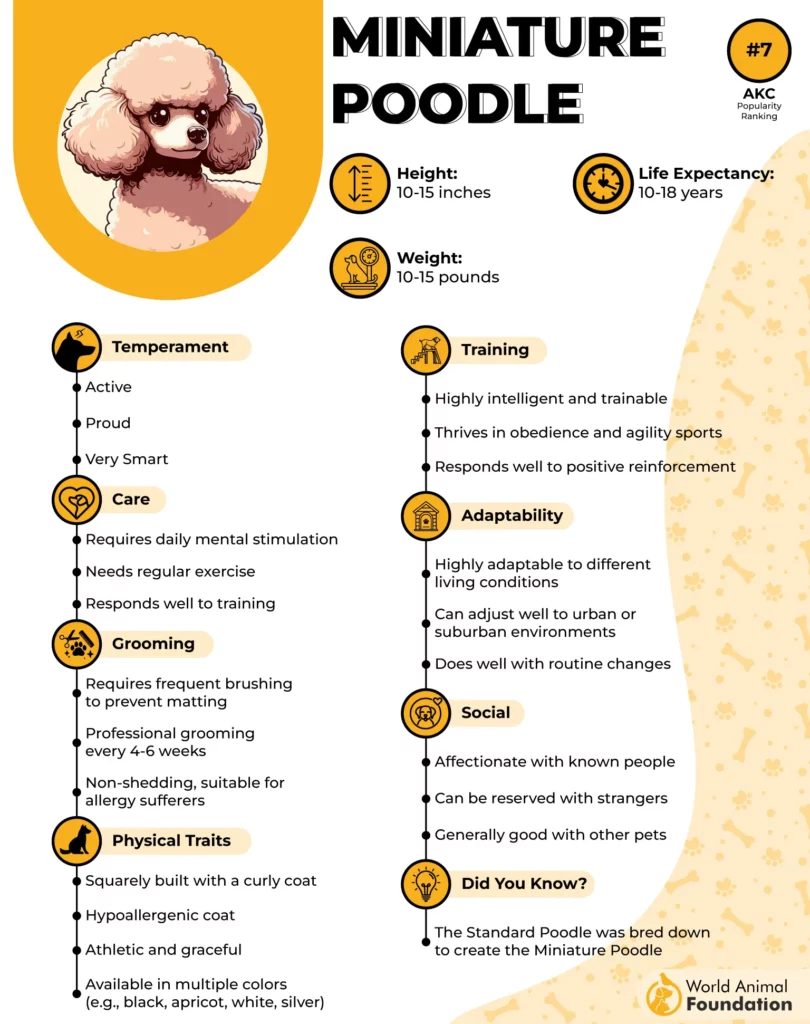
Emotionally Tuned In
Miniature Poodles are observant of emotional shifts, often mirroring the energy of their surroundings. If the house is quiet, they slow down; if it’s playful, they perk up instantly. This makes them particularly compatible with other dogs and kids who have varying activity levels.
Rooted in Water Work
Originally bred for retrieving game from water, their body is structured for efficiency—webbed feet, an elongated snout, and a high-set tail. Even as toy-sized companions today, they retain that drive to stay active and alert. Many still consider them among the best small dog breeds for people seeking mental agility in their pets.
4. Yorkshire Terrier
Yorkshire Terriers have a finely tuned sensitivity to sound, often picking up footsteps before they’re even near the door. This makes them quick to respond to any shifts in their environment, especially indoors. It’s part of why they’re alert even during low-activity hours.
Remarkably Adaptable Indoors
Their size isn’t the only reason they do well in small homes—their ability to stay mentally stimulated indoors also plays a key role. They interact with toys, mirrors, and shadows for stimulation. Their routines naturally align with the pace of apartment life.
Loyal, But Watchful Around New People
While often affectionate with their owners, Yorkies tend to observe before engaging with strangers. This makes them different from certain breeds that rush forward with enthusiasm. That moment of pause is part of their instinctive emotional caution.
Signature Coat with High Recognition
Their long coat, which resembles human hair, grows continuously and requires detailed grooming to stay in good condition. It’s one of the reasons they’re frequently seen in show circuits. But even trimmed, the silky texture remains a core visual trait.
5. Cavalier King Charles Spaniel
Cavalier King Charles Spaniels are highly attuned to human emotion, often mirroring the energy of the people around them. They’re known to quietly follow their owners from room to room without demanding attention. This subtle loyalty is why they’re often recommended for therapy and emotional support roles.
Gentle in Multi-Pet Settings
Their adaptability shines in homes with cats or rabbits—they adjust without needing dominance. Socialization tends to go smoothly, especially because they avoid territorial behaviors with other animals. This ease makes integration with existing pets far less stressful.
Consistent Affectionate Temperament
They don’t cycle through temperament swings; what you see is what you get. Their consistent calm and warmth a strong reasons they’re seen as good pets for families with young children or elderly members. That steadiness builds trust across all age groups in the home.
Bred for the Royal Company
Originally favored by British nobility, they’re one of the most popular toy dog breeds today, not just for looks, but for temperament.
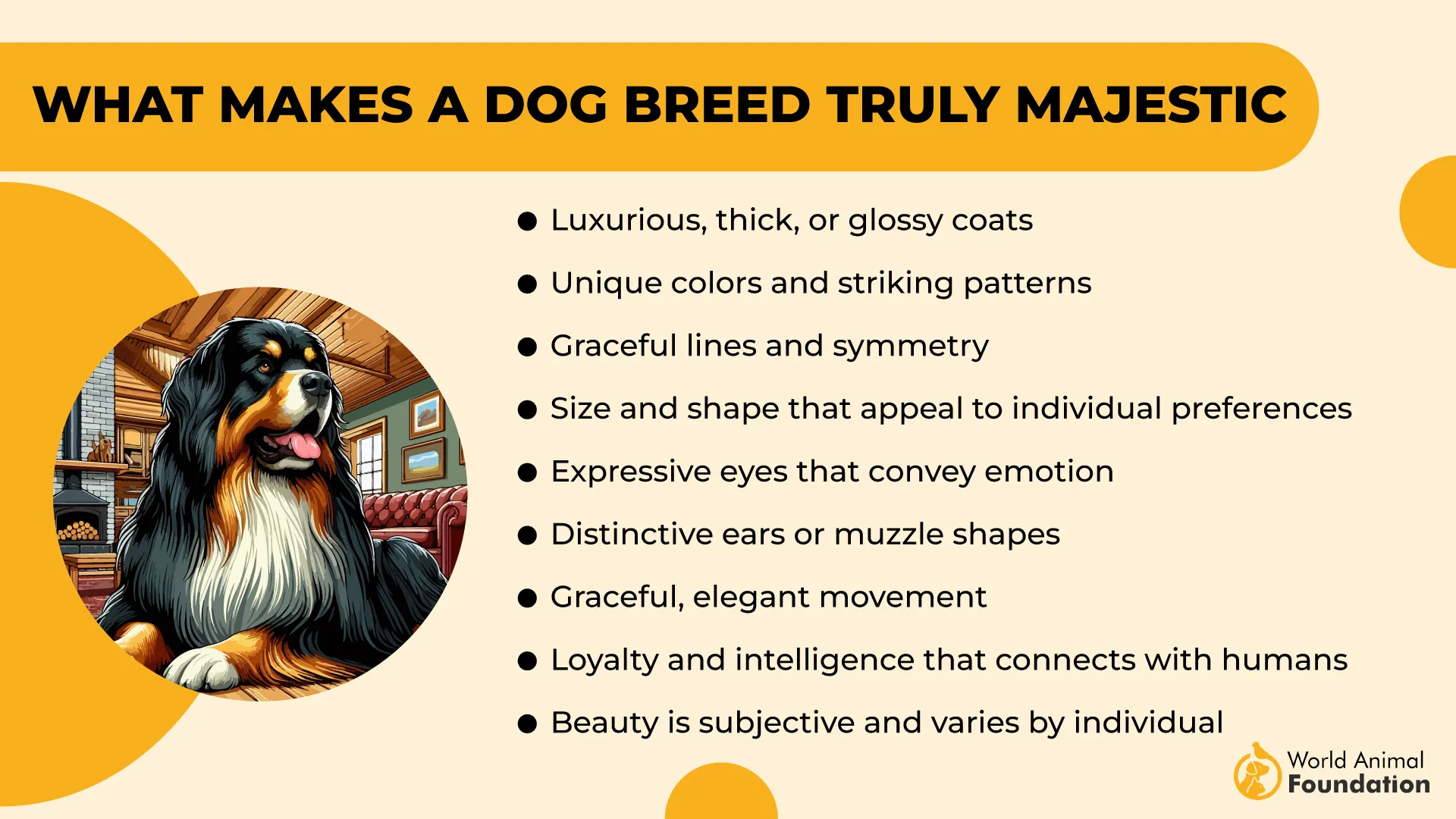
One well-known fact about this breed is that King Charles II was so devoted to them that he reportedly issued a decree allowing them in all public spaces, including Parliament, as PetMD mentioned.
6. Bichon Frise
Bichons have a double coat with a plush texture that’s often mistaken for hypoallergenic—what stands out is the minimal dander and tight curls that trap loose hair. Groomers recommend them for households with allergies because shedding is nearly nonexistent. Maintenance matters, but their coat makes living cleaner.
Built for Human Connection
They were once pampered by European nobility, which explains their eye contact, body language, and attachment to routines involving their humans. This isn’t a dog that simply follows—it synchronizes. That need for involvement makes them naturally appealing to modern pet parents.
Keeps the Room Light
Their high social stamina is paired with a gentle kind of chaos—nothing destructive, just consistent motion and curiosity. Their playful energy shows up in small bursts: chasing shoes, hopping sideways, or spinning when someone new enters the room. They carry joy without noise.
One of History’s Most Travelled Breeds
Sailors from the Mediterranean carried Bichons aboard ships as companions during long voyages—part comfort, part entertainment. Over time, their temperament adapted to constant movement and changing environments. That same flexible personality makes them excellent family dogs today.
7. Havanese
Havanese are quick to sense emotional cues in their environment, often responding with stillness or tail wags rather than barking. Their history as Cuban companion dogs shaped their attentiveness to human behavior. They’re often the first in a room to notice when someone enters or moves.
Naturally Responsive Coats
What makes their coat unique is the soft texture and absence of an undercoat, reducing typical seasonal shedding. While not a silky coat, it’s long, light, and designed to protect them from heat. Regular grooming helps preserve its airy movement and light bounce.
Perfect For Active Bonding
They aren’t high-energy sprinters, but they stay alert and enthusiastic during short outdoor sessions. Havanese do best with structured daily walks and occasional play inside or out. This physical activity supports their mental balance without exhausting them.
Social Sensitivity and Stability
Bred to be in homes, their good-natured temperament makes them a perfect match for families with shifting schedules or guests. They adapt quickly to household routines and remain calm even when surrounded by other pets. Their flexibility builds harmony within dynamic homes.
8. Shih Tzu
Shih Tzus were originally bred to live in Chinese palaces, often pampered by the royal court of the Ming and Qing dynasties. Their role wasn’t guarding but being a warm presence close to the Empress. That royal origin shows in their calm indoor behavior and low reactivity to noise.
Natural Adaptation to Close Contact
This breed prefers sitting close rather than wandering around aimlessly. They intuitively match the energy of the room—quiet in peaceful settings, slightly alert during family movement. That ability to regulate their behavior makes them perfect for people who want calm, tactile affection.
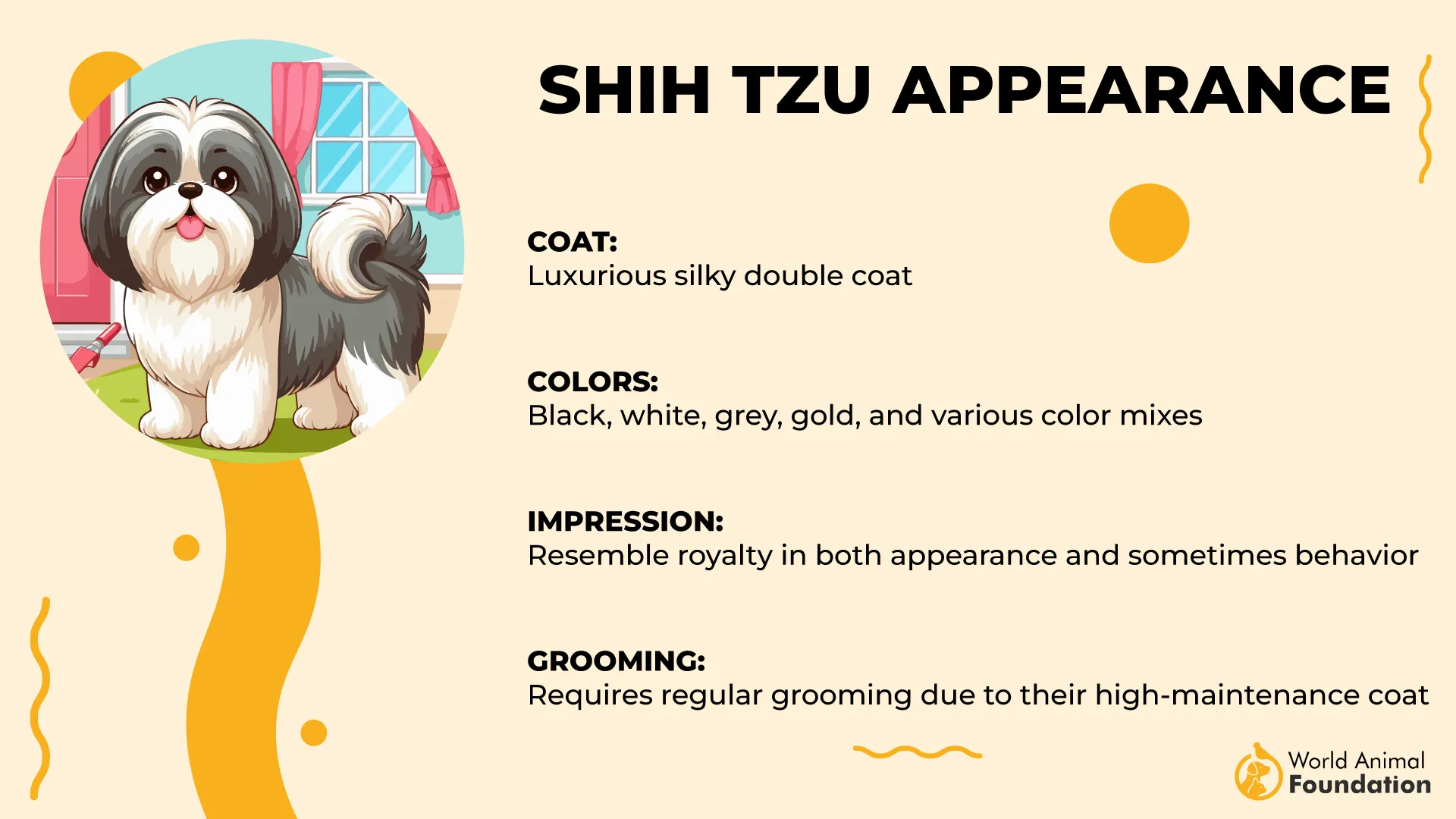
Low Prey Drive and Safe Socialization
Shih Tzus don’t have a high prey drive, so they rarely chase smaller pets or react impulsively. Their movements are slow and measured, which prevents startling children or elderly people. This makes early socialization easier, even in multi-pet households.
Recognized for Their Unique Skull Shape
Their head is brachycephalic—short and broad—with a distinct chrysanthemum face, where hair grows upward from the nose, as stated in The Kennel Club. That unique structure gives them a flat appearance and often affects their nasal airflow. Groomers often work around this to avoid covering their nose and eyes.
9. Pug
Pugs handle unpredictable environments with a calm demeanor, making them ideal for households with children or multiple pets. Their ability to remain unbothered by loud noises or sudden movement gives them a unique emotional steadiness. That’s one reason they’re frequently chosen as therapy dogs.
Subtle Facial Communication
Their heavily wrinkled foreheads aren’t just a look—they support a wide range of subtle expressions. This enables them to connect with humans without making excessive noise or using exaggerated gestures. The breed is surprisingly responsive to soft-spoken commands or eye contact.
Breathing Style Dictates Behavior
Due to their brachycephalic (flat-faced) skull structure, Pugs can’t tolerate heavy activity or heat for long. This directly affects their lifestyle—they seek comfort and shade without needing to be corrected or managed constantly. Most prefer short bursts of play followed by long, restful stretches.
China’s Royal Preference
Historical records confirm that Pugs were bred to sit on the laps of Chinese emperors and were kept as royal companions during the Song dynasty. Some were even assigned their own guards in the palace. That royal legacy influences their naturally dignified, people-centric presence.
Conclusion
When it comes to choosing a dog that brings warmth, friendliness, and easy companionship, toy breeds are often the top pick. Many of them, like toy Poodles or Havanese, were selectively bred to stay close to people and adjust easily to home life.
Their smooth coat or beautiful coat types add to their appeal, but it’s their loving nature that really stands out. These dogs do well with apartment dwellers and active families alike, especially when they’re given time, attention, and some mental stimulation each day.
They’re excellent family pets because they enjoy being part of the group—quietly watching, gently playing, or curling up when things wind down. However, many toy dogs don’t like being left alone for long. Without regular connection, they may develop separation anxiety.
If you’re ready for daily cuddles and loyal company, a friendly toy dog may be just what your home—and your heart—has been missing.


